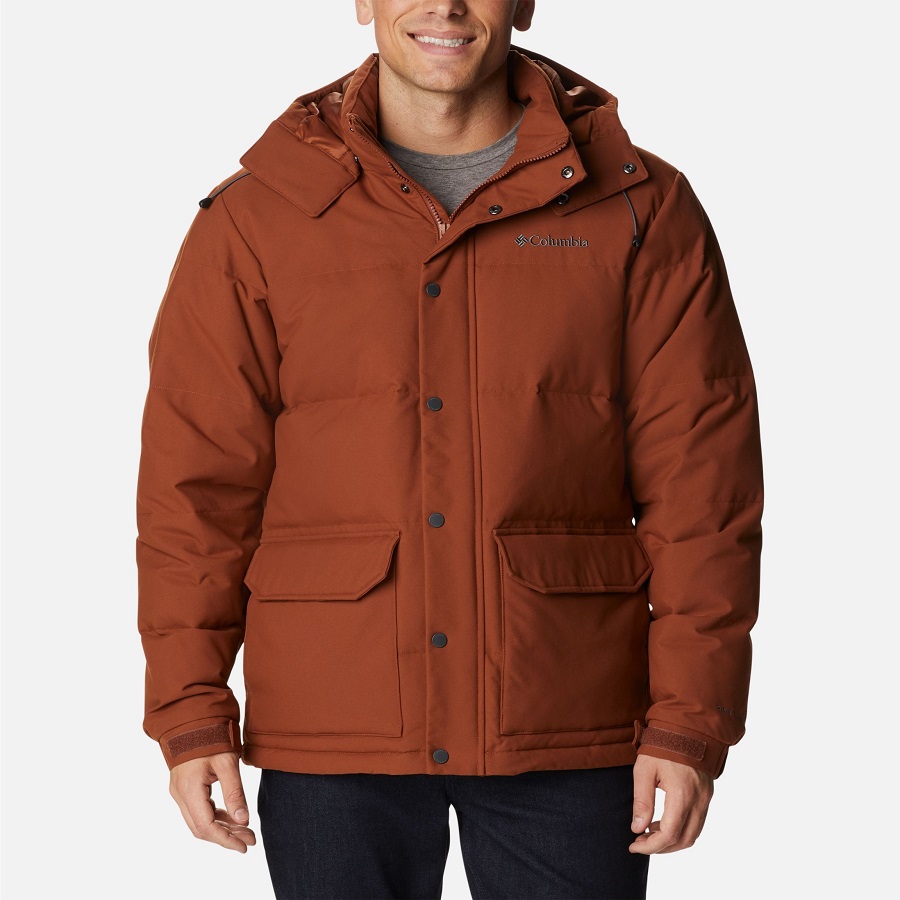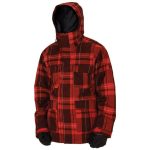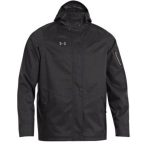When the temperature drops and the snow starts to fall, it’s important to have the best snow jackets to keep you warm and dry. A good snow jacket is essential for staying comfortable and safe in cold and snowy conditions. But with so many options available, choosing the best snow jacket can be a daunting task. From waterproofing to insulation, there are a number of factors to consider when selecting a snow jacket. In this article, we will explore the key features to look for when choosing the best snow jacket to make sure you stay warm and dry on your next winter adventure.
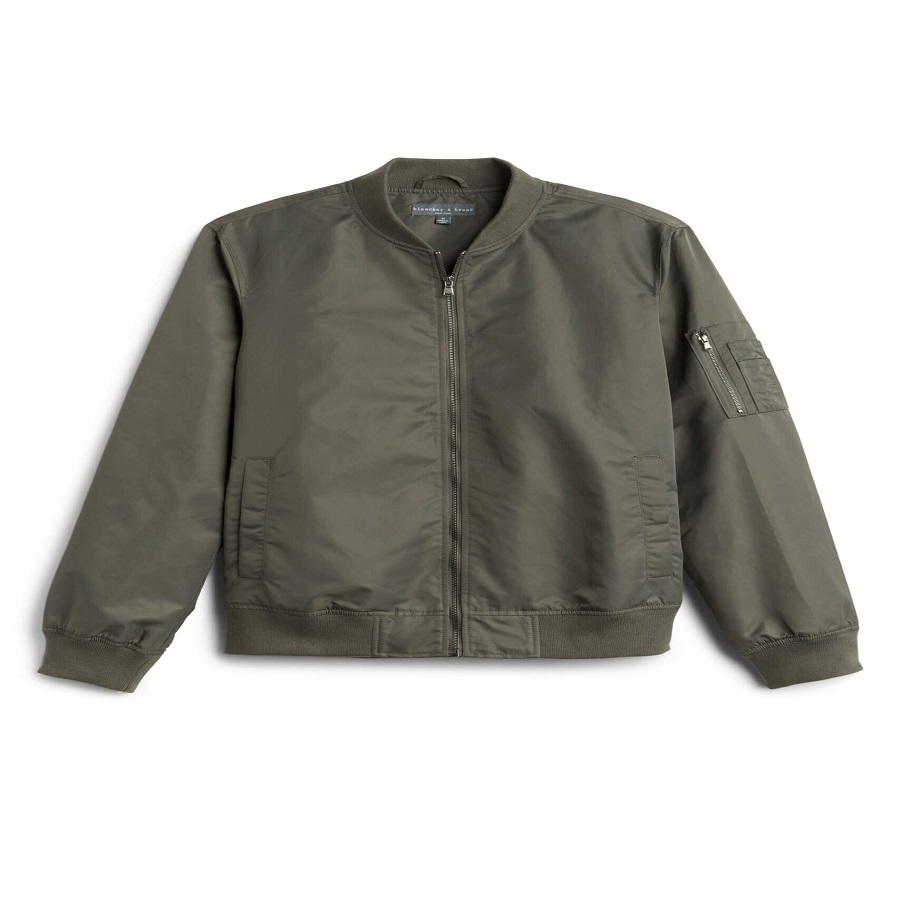
Waterproofing
Waterproofing is a critical feature in snow jackets, as it ensures that you remain dry and comfortable while engaging in winter activities. Whether skiing, snowboarding, or simply braving snowy weather, the right level of waterproofing can make all the difference in your experience. Here’s a detailed breakdown of what to look for when evaluating the waterproofing capabilities of a snow jacket:
Understanding Waterproof Ratings
What Are Waterproof Ratings?
Waterproof ratings measure how much water pressure a fabric can withstand before moisture begins to seep through. This is typically expressed in millimeters (mm). The higher the rating, the more effective the fabric is at keeping water out.
- 5,000mm – 10,000mm: Suitable for light rain or occasional snow exposure. Ideal for casual use or mild winter conditions.
- 10,000mm – 20,000mm: Offers excellent protection against wet snow and moderate rain. Perfect for active winter sports like skiing or snowboarding.
- 20,000mm+: Provides superior waterproofing for heavy snowfall, prolonged exposure, or extreme conditions. Best suited for professional athletes or those spending extended periods outdoors.
Why Higher Ratings Matter
In snowy environments, melted snow and moisture from sweat can quickly soak through poorly rated fabrics. A high waterproof rating ensures that the jacket can handle wetter and more challenging conditions without compromising your comfort.
Sealed Seams: A Key Component
What Are Sealed Seams?
Seams are one of the most vulnerable areas of any jacket where water can penetrate. Sealed seams—also known as taped seams—are created by applying heat-activated tape over stitched areas to prevent leaks.
- Fully Taped Seams: All seams are sealed, providing maximum protection against water ingress. This is ideal for heavy snow or rainy conditions.
- Critically Taped Seams: Only high-exposure areas (such as shoulders and hoods) are sealed, offering adequate protection for milder conditions.
Why Sealed Seams Are Essential
Even if the fabric itself is highly waterproof, untreated seams can allow water to seep through during intense activity or prolonged exposure. Fully taped seams ensure complete coverage, making them a must-have for serious outdoor enthusiasts.
Waterproof Zippers
The Importance of Zippers
Zippers are another potential weak point in a snow jacket’s design. Traditional zippers often leave gaps where water and wind can enter. Waterproof zippers address this issue by incorporating specialized designs that minimize exposure.
- Rubberized or Laminated Zippers: These zippers have a protective coating that prevents water from penetrating.
- Storm Flaps: Additional fabric overlays covering the zipper provide an extra layer of protection against the elements.
Benefits of Waterproof Zippers
By sealing off entry points around zippers, these features enhance the overall waterproofing of the jacket, ensuring no water sneaks through during heavy snowfall or melting conditions.
Durable Water Repellent (DWR) Coating
How Does DWR Work?
DWR coatings are applied to the outer surface of the fabric to create a hydrophobic barrier. This causes water droplets to bead up and roll off rather than soaking into the material.
- Advantages: Keeps the outer layer drier, which helps maintain breathability and reduces the risk of saturation.
- Limitations: Over time, DWR coatings can wear off due to washing, abrasion, or exposure to dirt. Regular reapplication may be necessary to restore performance.
Maintaining DWR Effectiveness
To prolong the life of the DWR coating, avoid using harsh detergents when cleaning your jacket. Instead, opt for specialized technical fabric cleaners designed for waterproof gear.
Layering and Ventilation Considerations
Breathability vs. Waterproofing
While waterproofing is crucial, it’s equally important to balance it with breathability. High-performance snow jackets often include membranes like Gore-Tex or proprietary equivalents that allow moisture vapor (sweat) to escape while blocking external water.
- Moisture Management: Poorly ventilated jackets can trap sweat inside, leading to discomfort and dampness. Look for jackets with pit zips or adjustable vents to regulate temperature and airflow.
- Layering Compatibility: Ensure the jacket works well with base layers and mid-layers to wick away moisture effectively.
Practical Features for Enhanced Waterproofing
Hood Design
A well-designed hood should be adjustable and large enough to fit over a helmet if needed. It should also have a brim or visor to shield your face from falling snow and rain.
Cuff and Hem Adjustments
Adjustable cuffs and hems help seal out drafts and prevent snow from creeping in. Look for Velcro straps, elastic bands, or drawstrings for customizable fits.
Snow Skirt
Some snow jackets include an internal snow skirt—a band of fabric around the waist that snaps or zips into place. This prevents snow from entering the jacket during falls or deep powder sessions.
Choosing the Right Jacket for Your Needs
Casual Use vs. Performance
If you’re primarily commuting or enjoying short outdoor excursions, a jacket with a 10,000mm waterproof rating and critically taped seams might suffice. For backcountry adventures or long days on the slopes, aim for a jacket with a 20,000mm rating, fully taped seams, and advanced ventilation systems.
Budget Considerations
Higher waterproof ratings and premium features tend to increase the price of a jacket. However, investing in quality waterproofing pays off in terms of durability, performance, and overall comfort.
Insulation
Another key factor to consider when choosing a snow jacket is its insulation. The right amount of insulation will keep you warm without making you feel too bulky. Down insulation provides excellent warmth and is lightweight, making it a popular choice for snow jackets. However, down insulation can lose its insulating power when it gets wet, so consider a synthetic insulation if you plan to be in wet conditions. Some jackets also feature a combination of both down and synthetic insulation, providing the best of both worlds.
Breathability
While staying warm is important, it’s also crucial to consider breathability when choosing a snow jacket. A jacket that is too warm and not breathable can cause you to sweat excessively, leading to discomfort and even hypothermia. Look for jackets with breathable fabrics and ventilation options such as underarm zippers to help regulate your body temperature and keep you comfortable throughout the day.
Fit and Mobility
A good fit is essential when choosing a snow jacket. Look for a jacket that allows for a full range of motion, especially if you plan to be active in the snow. Ensure that the jacket is not too tight or too loose, as a proper fit will help trap in heat and keep out the cold. Additionally, consider extra features such as adjustable cuffs, hem, and hood to customize the fit and keep out snow and wind.
Additional Features
Consider the additional features that come with the snow jacket. Look for jackets with plenty of pockets to store your essentials, such as goggles, a map, or snacks. Consider features such as a powder skirt or a detachable hood to keep snow out and provide extra protection. Reflective elements can also be a useful addition for added visibility in low light or snowy conditions.
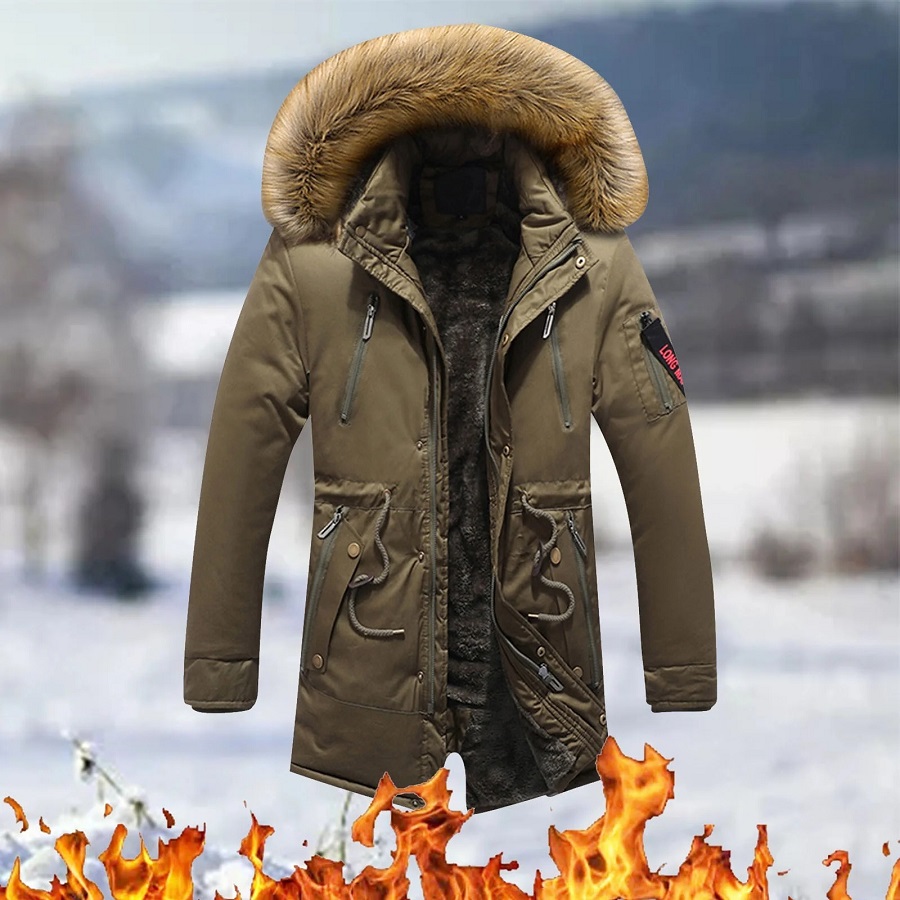
How to match the best snow jackets in winter
Winter is just around the corner, and that means it’s time to start thinking about how to stay warm and stylish in the cold weather. One essential item for your winter wardrobe is a great snow jacket, which not only keeps you cozy but also helps you make a fashion statement. Whether you’re hitting the slopes or navigating the city streets, a versatile and functional snow jacket is a must-have.
Ski Slope Chic
If you’re planning a trip to the mountains for some skiing or snowboarding, you’ll want to look stylish on and off the slopes. Start with a well-insulated snow jacket in a bright color like red, blue, or green, which not only adds a pop of color to the snow-covered landscape but also ensures you’re easily visible in case of an emergency. Pair it with slim-fitting ski pants in a coordinating color and a snug-fitting base layer to keep you warm and dry. Complete the look with a cozy beanie, insulated gloves, and a pair of stylish goggles. Don’t forget a pair of sturdy snow boots to keep your feet warm and dry as you navigate the mountain terrain.
City Street Style
If you’re not hitting the slopes but still need a snow jacket to combat the chilly city streets, opt for a sleek and stylish option that will keep you warm without sacrificing your fashion sense. A versatile black, grey, or navy snow jacket is a great choice for urban wear, as it pairs effortlessly with a wide range of outfits. Layer it over a chunky knit sweater, a pair of skinny jeans, and some stylish ankle boots for a chic and cozy look. Add a statement scarf and a beanie for extra warmth and style, and you’re ready to take on the city in style.
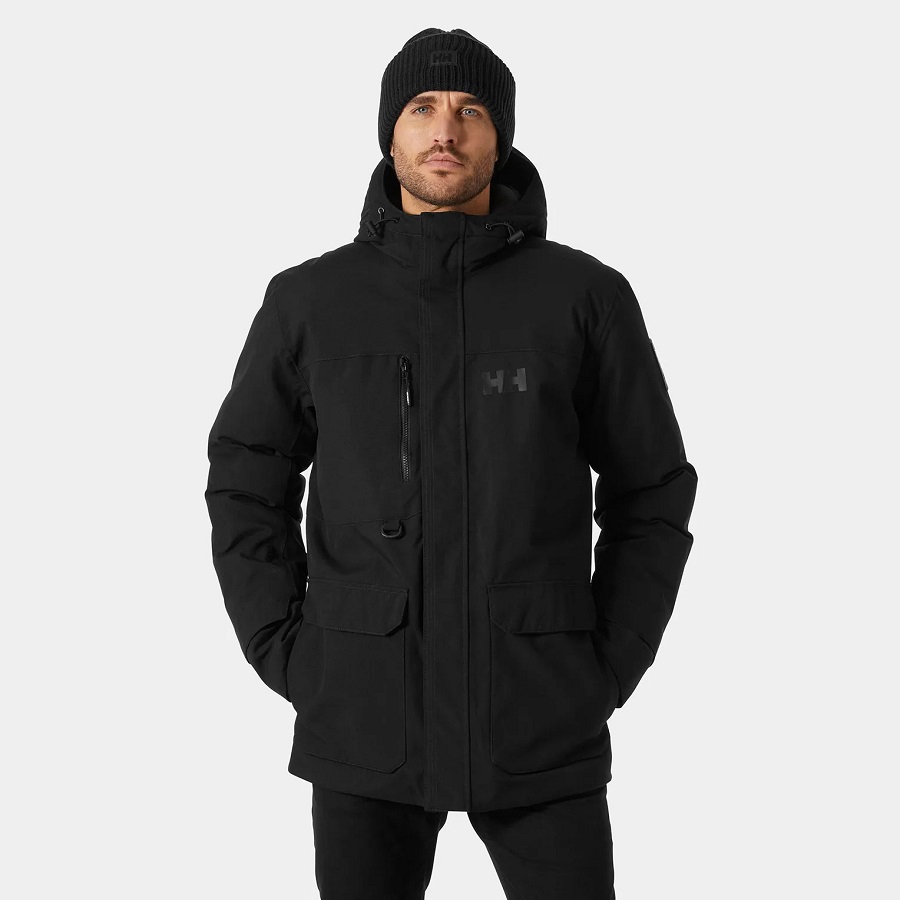
Après-Ski Elegance
Whether you’ve spent the day skiing or just want to channel a cozy après-ski vibe, there’s no better way to do it than with a stylish snow jacket. For a sophisticated après-ski look, opt for a quilted snow jacket in a neutral color like cream, beige, or taupe. Pair it with a luxurious cashmere turtleneck, a pair of relaxed-fit trousers, and some elegant shearling boots. Add a faux fur headband and a pair of oversized sunglasses for a touch of glamour, and you’ll look effortlessly chic as you toast to a day well spent on the slopes.
Outdoor Adventure Ready
If you’re planning to brave the elements for an outdoor adventure, your snow jacket should be both functional and fashionable. Look for a durable and weatherproof jacket with plenty of pockets to stash your essentials. Layer it over a thermal base layer, a moisture-wicking mid-layer, and a waterproof outer layer for maximum protection against the cold and wet weather. Pair it with a pair of insulated hiking pants, sturdy hiking boots, and a wide-brimmed hat for added sun protection. Don’t forget to pack a pair of waterproof gloves, a cozy scarf, and a backpack to carry all your gear for the day’s adventure.
Casual Weekend Wear
For casual weekend outings in the winter, a snow jackets is a versatile and practical choice. Opt for a sporty and lightweight option in a fun and vibrant color to add a playful touch to your weekend look. Pair it with a cozy sweatshirt, a pair of comfortable leggings, and some trendy sneakers for a relaxed and laid-back vibe. Add a beanie, a colorful scarf, and a crossbody bag to complete the look. Whether you’re running errands, going for a hike, or meeting friends for brunch, a stylish snow jackets is the perfect outerwear option for casual winter days.
There are countless ways to style a snow jacket for the winter season, whether you’re hitting the slopes, navigating the city streets, or embarking on an outdoor adventure. By choosing the right snow jacket and pairing it with the appropriate clothing and accessories, you can stay warm, cozy, and stylish all winter long.
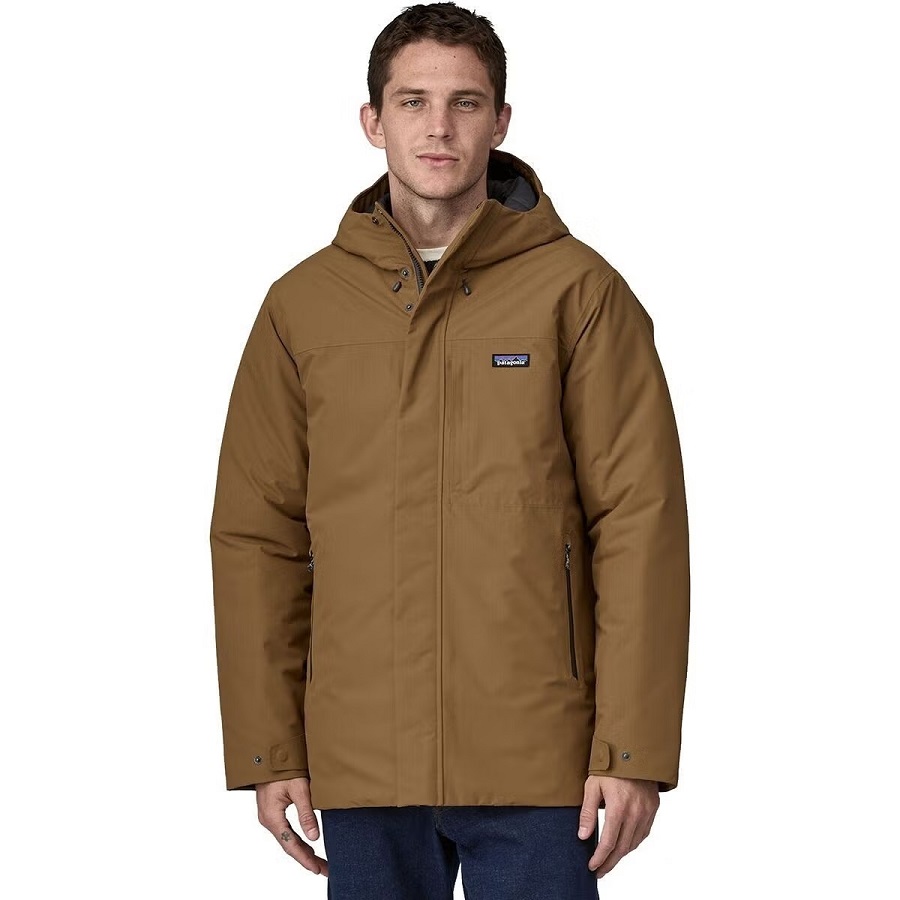
Advantages of the best snow jackets
Winter sports enthusiasts and outdoor adventurers alike understand the importance of having the right gear to face the challenges of cold weather. Among the most critical pieces of equipment is a high-quality snow jacket. Designed to provide protection against harsh elements such as freezing temperatures, heavy snowfall, and biting winds, the best snow jackets combine advanced technology with thoughtful design to ensure maximum comfort and performance. In this article, we will explore the numerous advantages of investing in a top-tier snow jacket, highlighting its key features and why it is an indispensable addition to your winter wardrobe.
Superior Waterproofing
Protection Against Wet Conditions
One of the standout advantages of the best snow jackets is their exceptional waterproofing capabilities. These jackets are engineered to keep you dry even in the wettest snow conditions, thanks to advanced materials like Gore-Tex, eVent, or proprietary membranes. High waterproof ratings—typically 10,000mm or higher—ensure that water cannot penetrate the fabric, making them ideal for skiing, snowboarding, or simply enduring heavy snowfall.
Sealed Seams and Waterproof Zippers
The best snow jackets also feature fully taped seams and waterproof zippers, which eliminate weak points where moisture could otherwise seep through. This attention to detail ensures comprehensive protection, allowing you to stay comfortable during prolonged exposure to snow and rain.
Durable Water Repellent (DWR) Coating
Many premium snow jackets come with a DWR coating on the outer layer, causing water droplets to bead up and roll off rather than soaking into the fabric. This not only enhances waterproofing but also helps maintain breathability by keeping the outer layer drier.
Exceptional Insulation
Warmth Without Bulk
Modern insulation technologies have revolutionized the design of snow jackets, offering superior warmth without unnecessary bulk. Materials like PrimaLoft, Thinsulate, or down fill provide excellent heat retention while remaining lightweight and flexible. This allows for greater mobility, which is essential for activities like skiing or hiking.
Adjustable Insulation Levels
Some of the best snow jackets incorporate removable liners or adjustable ventilation systems, giving users the flexibility to adapt to changing temperatures. For example, a jacket with a detachable inner layer can transition from a heavily insulated option for sub-zero conditions to a lighter shell for milder days.
Breathability
Insulated jackets often include breathable membranes that allow excess body heat and moisture vapor to escape. This prevents overheating and keeps you comfortable during intense physical activity, striking the perfect balance between warmth and ventilation.
Wind Resistance
Blocking Harsh Winds
In addition to waterproofing, the best snow jackets are designed to shield you from biting winds. Windproof fabrics and tightly woven constructions prevent cold air from penetrating the jacket, ensuring that you stay warm even at high altitudes or in exposed areas.
Hood and Collar Design
Features like adjustable hoods and high collars further enhance wind resistance. A well-designed hood should be spacious enough to accommodate a helmet while providing full coverage for your head and neck. Similarly, a raised collar helps block drafts from entering around the neckline.
Durability and Longevity
High-Quality Materials
Snow jackets from reputable brands are crafted using durable materials that withstand the rigors of winter sports. Reinforced stitching, abrasion-resistant fabrics, and robust hardware ensure that these jackets remain functional and stylish season after season.
Resistance to Wear and Tear
Whether you’re carving down slopes or navigating icy trails, the best snow jackets are built to endure frequent use. Features like reinforced elbows and shoulders protect against friction and impact, extending the lifespan of the garment.
Easy Maintenance
Many premium snow jackets are machine-washable and easy to clean, preserving their appearance and functionality over time. Some also come with specialized cleaning instructions to maintain their waterproof coatings and other technical properties.
Versatility Across Activities
Adaptability for Different Sports
The best snow jackets cater to a wide range of winter activities, from skiing and snowboarding to mountaineering and snowshoeing. Their versatile designs make them suitable for both recreational users and professional athletes.
Urban to Backcountry Use
While primarily designed for outdoor adventures, many snow jackets are stylish enough to wear in urban settings. Sleek cuts, modern aesthetics, and neutral color palettes allow these jackets to double as everyday outerwear during colder months.
Layering Options
Thanks to their modular designs, the best snow jackets work seamlessly with base layers and mid-layers, enabling users to customize their outfits based on weather conditions and personal preferences.
Enhanced Comfort and Mobility
Ergonomic Design
Top-tier snow jackets prioritize ergonomic construction, ensuring freedom of movement without compromising protection. Articulated sleeves, stretch panels, and tailored fits accommodate natural motions, making them ideal for dynamic activities.
Weight Distribution
Lightweight yet robust materials distribute weight evenly across the jacket, reducing strain on your shoulders and back. This is particularly beneficial during long days outdoors when carrying additional gear.
Soft Touchpoints
Details like fleece-lined pockets, chin guards, and soft interior cuffs enhance overall comfort, preventing chafing and irritation during extended wear.
Style and Customization
Fashion Meets Functionality
The best snow jackets strike a balance between style and practicality. With sleek silhouettes, bold colors, and customizable details like removable fur trims or interchangeable linings, they allow users to express their individuality while staying protected.
Gender-Specific Designs
Many brands offer gender-specific sizing and styles, ensuring a flattering fit for all body types. Women’s snow jackets often include tailored waists and shorter lengths, while men’s versions focus on roomier cuts and rugged aesthetics.
Personalization Options
Some manufacturers provide customization services, allowing customers to choose specific colors, patterns, or embroidery to create a truly unique piece of outerwear.
Advanced Safety Features
Visibility Enhancements
For those venturing into remote or low-visibility environments, reflective accents and bright colors improve safety by increasing visibility to others. This is especially important for backcountry explorers or night-time commuters.
Emergency Preparedness
Certain snow jackets include integrated safety features such as RECCO reflectors, which assist search-and-rescue teams in locating individuals in avalanche-prone areas. Others may have dedicated compartments for emergency supplies like first aid kits or navigation tools.
The best snow jackets represent the pinnacle of innovation, combining cutting-edge technology with user-centric design to deliver unparalleled performance. From superior waterproofing and insulation to enhanced comfort and sustainability, these jackets offer countless advantages that cater to the needs of modern adventurers and casual users alike.
Conclusion
Choosing the best snow jackets is essential for staying warm and dry in cold and snowy conditions. When selecting a snow jacket, consider factors such as waterproofing, insulation, breathability, fit and mobility, and additional features to ensure that you stay comfortable and safe on your winter adventures. Keep these key features in mind when shopping for a snow jackets, and you’ll be sure to find the perfect option to keep you warm and dry all winter long.

